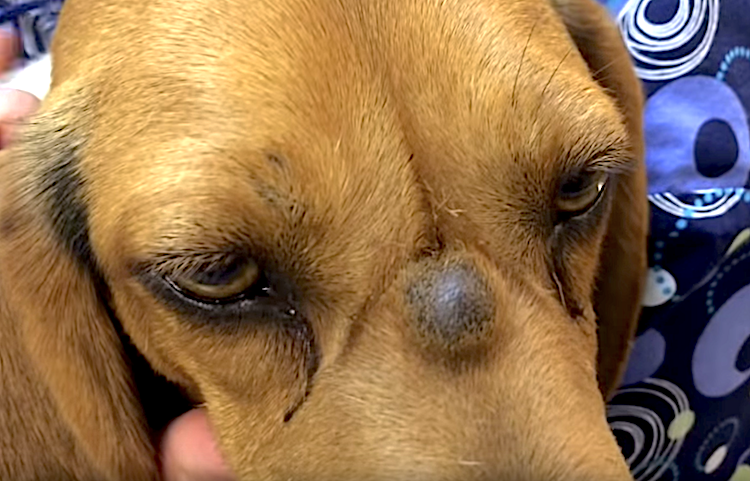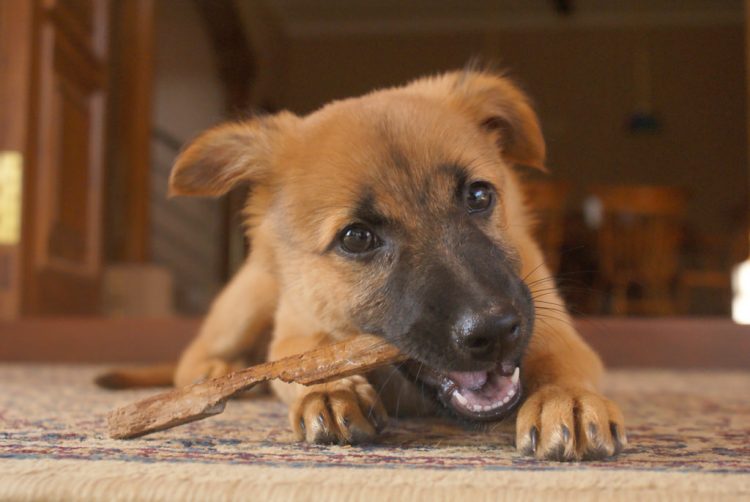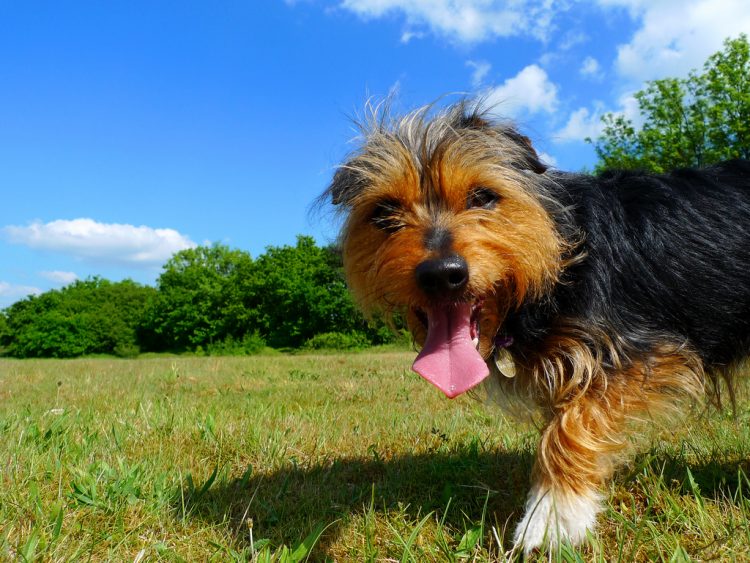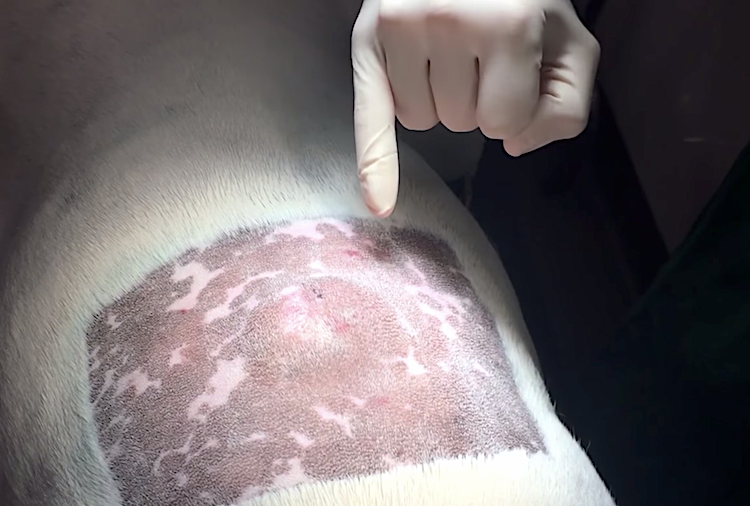Skin Cysts in Dogs: Everything You Need to Know
As tempting as it may be to pop them, don’t.

Does your dog suffer from skin cysts?
Or perhaps you’ve found a skin lump and you’re not sure whether it’s a cyst or not.
Either way, in this article I can help you understand what skin cysts in dogs are, what to do about them, and when to worry.

Don’t leave your pet’s safety to chance
Sign up for Petful recall alerts today.

Skin Cysts in Dogs
Ralph was a bright-eyed, floppy-eared German Shepherd.
His family brought him to my clinic because a cyst on the dog’s shoulder had burst, leaving a sticky mess in his fur.
Ralph had had several cysts that popped from time to time. This time, though, the open wound had become infected and needed a cleanup and antibiotics.
Cysts tend to occur in middle-aged or older dogs and are most commonly linked to breeds such as German Shepherds, Boxers and Cocker Spaniels.
Technically speaking, a cyst is a sac in the skin lined with secretory cells. Fluid builds up inside the sac, causing a swelling on the surface of the skin. Some cysts stay fluid, while for others, the liquid dries out over time, leaving a firmer, cheese-like material inside.

Are Skin Cysts in Dogs Dangerous?
No, cysts are not dangerous in and of themselves.
The biggest risk from cysts is that the lump is mistakenly diagnosed as a cyst when in fact it is a tumor.
To avoid this, most veterinarians will pop a fine needle into the lump and suck back on the syringe. A cyst should yield a small sample of the inner core, which is an easy way to confirm the diagnosis.
Other signs that the lump on your dog is a skin cyst include:
- The lump has a round shape.
- The lump has distinct edges and you can feel all the way around it.
- It’s superficial, meaning you can lift it up and away from the underlying tissues.
- It’s not itchy (itchiness can be a sign of a particular aggressive type of skin tumor).
- It’s slow to grow.
That said, it’s always best to get any new lump checked out by a vet.
Also, measure and record the size of the lump, and take photos so you or your vet can see if the lump is getting bigger.

What Does a Cyst Look Like on a Dog?
- It sits on the skin’s surface or just below the surface.
- It feels like a round nodule.
- It is either soft or filled with fluid.
- Cysts on the surface are often bald and associated with a patch of hair loss.
As pressure builds up inside a dog’s cyst, sometimes a weak spot develops. Then, if the cyst is knocked, it may burst with the fluid leaking out through that weak point.
The contents of the cyst vary widely, depending on the type. We might find anything from a clear, straw-colored liquid inside to an ash-colored, cheese-like material.
Remember Ralph? His cyst had cheese-like contents … but it had developed a secondary infection.
Surgery Is Not Usually Required
If your vet confirms the lump is a cyst, then there’s no urgency to remove it.
Indications for removal include:
- Cysts that get caught under a collar or harness, or are damaged when the dog is brushed
- A burst cyst that is infected (like Ralph’s was) and doesn’t respond to antibiotics
Surgical removal of skin cysts in dogs is a relatively simple procedure, depending on location. Your pet’s surgery can often be done under sedation and local anesthetic when access to the cyst is easy.

Should You Pop Your Dog’s Cyst?
No, please do not pop it. Squeezing the cyst can force its contents into the surrounding tissue, where it sets up a foreign body reaction, resulting in swelling and inflammation.
But if the cyst ruptures, which happens from time to time, do the following:
- Trim the hair away and wash the area with weak saltwater.
- Gently milk out the remainder of the cyst contents.
- Monitor the hole for signs of infection, such as a smelly, yellow-green discharge.
The pleasing thing about a freshly burst cyst is that the lump disappears for a while. But this is only a temporary, since the lining is still present and capable of secreting more material. This means once the skin heals over, the cyst will slowly refill.
And as for Ralph, I anticipate this dog’s infected cyst will heal and not cause any further problems … until the next time it bursts.
References
- Stoewen, Debbie, DVM, PhD, et al. “Fine Needle Aspiration (FNA).” VCA Hospitals. 2018. https://vcahospitals.com/know-your-pet/cytology-fine-needle-aspiration-fna.
- Thomas, Jennifer, DVM, PhD, DACVP. “Skin and Subcutaneous Lumps and Bumps: Cytology of Inflammation.” Michigan Veterinary Medical Association. 2005. https://michvma.org/resources/Documents/MVC/2017%20Proceedings/thomas%2005.pdf.







